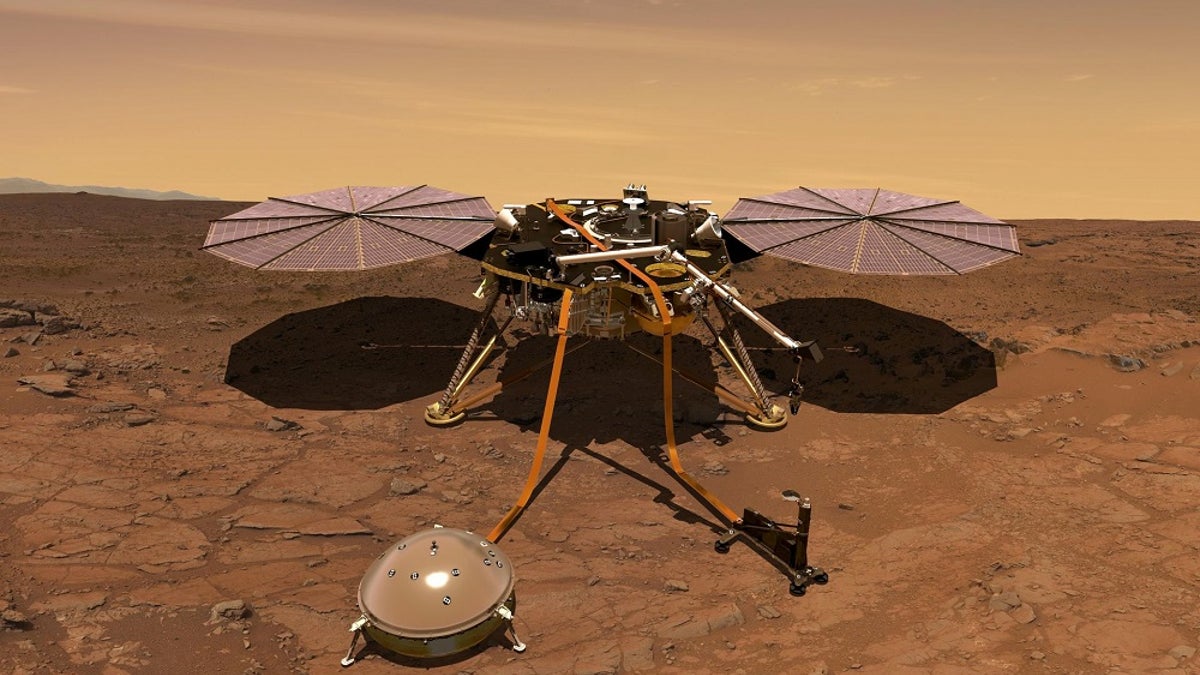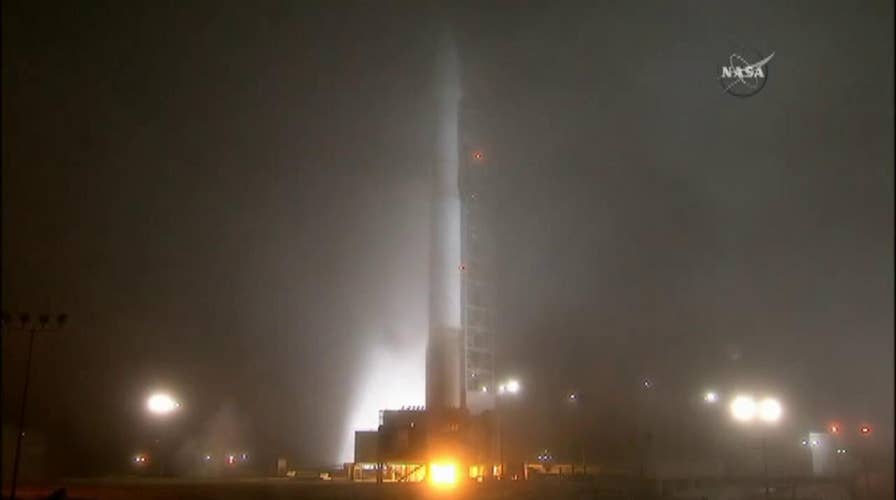NASA launches its InSight mission aboard Atlas V rocket
Footage of first interplanetary West Coast launch.
NASA launched its InSight spacecraft bound for Mars on Saturday morning from the Vandenberg Air Force Base in California, marking the first interplanetary mission ever to depart from the West Coast.
The spacecraft's trip will last approximately seven months and cover some 301 million miles, with arrival in the Elysium Planitia region of the red planet in late November.
According to NASA, it is "the first mission dedicated to understanding the internal structure of Mars."
After its arrival to Mars, the lander will begin a two-year experiment designed to enhance scientists’ understanding of Mars’ deeper interior.
The lander will dig deeper into Mars than ever before — nearly 16 feet or 5 meters — to take the planet's temperature. It will also attempt to make the first measurements of marsquakes, using a seismometer placed directly on the Martian surface.
"This mission will probe the interior of another terrestrial planet, giving us an idea of the size of the core, the mantle, the crust and our ability then to compare that with the Earth," said NASA's chief scientist Jim Green. "This is of fundamental importance to understand the origin of our solar system and how it became the way it is today."
Scientists say they hope the experiment will provide them with clues about what Mars was like in the past and if those conditions could have accommodated life.

The Mars InSight probe will be used to monitor the environement around the spacecraft, NASA says. (REUTERS)
Also aboard the Atlas V rocket: a pair of mini satellites, or CubeSats, meant to trail InSight all the way to Mars in a first-of-its-kind technology demonstration.
The $1 billion mission involves scientists from the U.S., France, Germany and elsewhere in Europe.
"I can't describe to you in words how very excited I am ... to go off to Mars," said project manager Tom Hoffman from NASA's Jet Propulsion Laboratory in Pasadena, California. "It's going to be awesome."
NASA normally launches from Cape Canaveral but decided to switch to California for InSight to take advantage of a shorter flight backlog. This was the first U.S. interplanetary mission to launch from somewhere other than Cape Canaveral.
The Associated Press contributed to this report.

